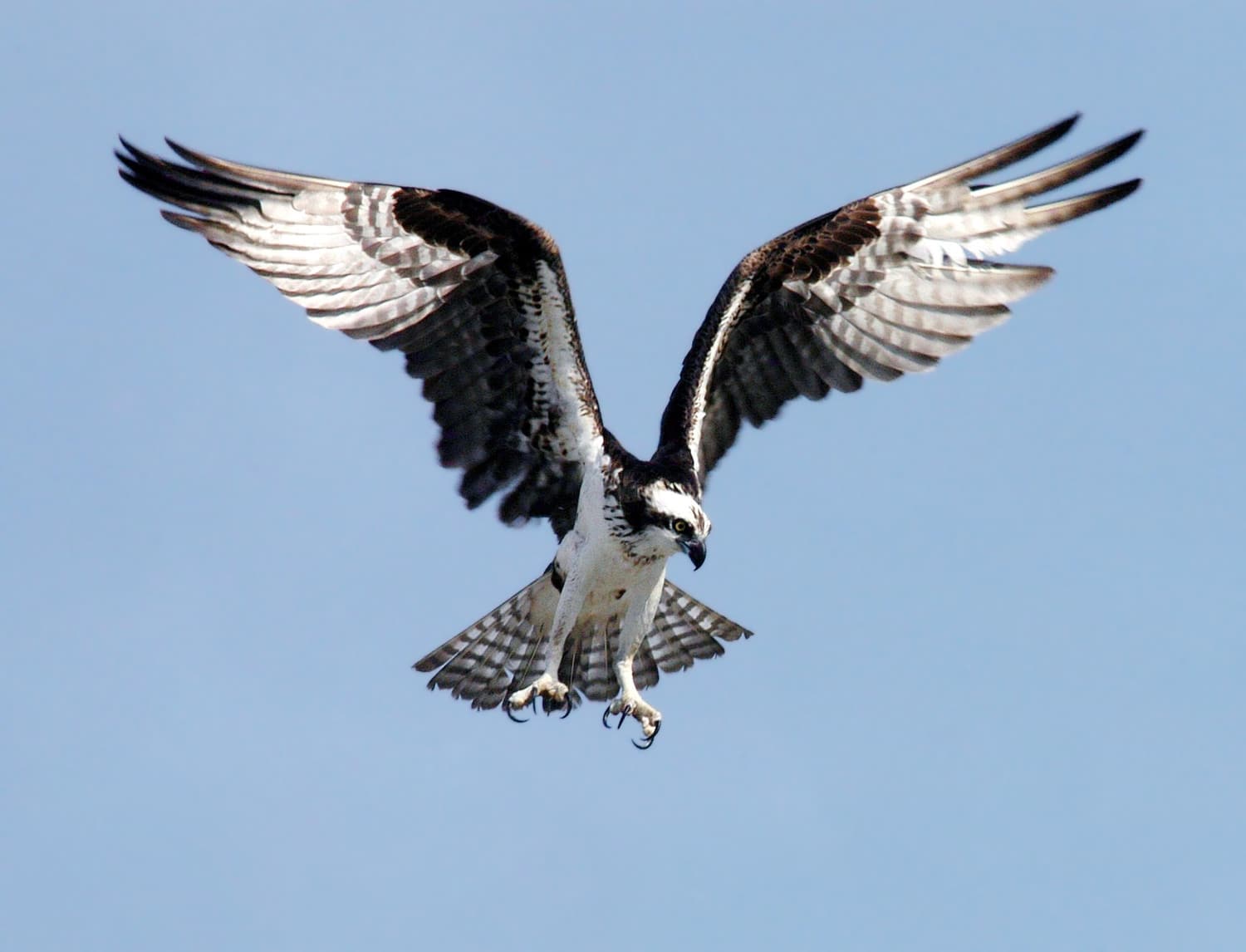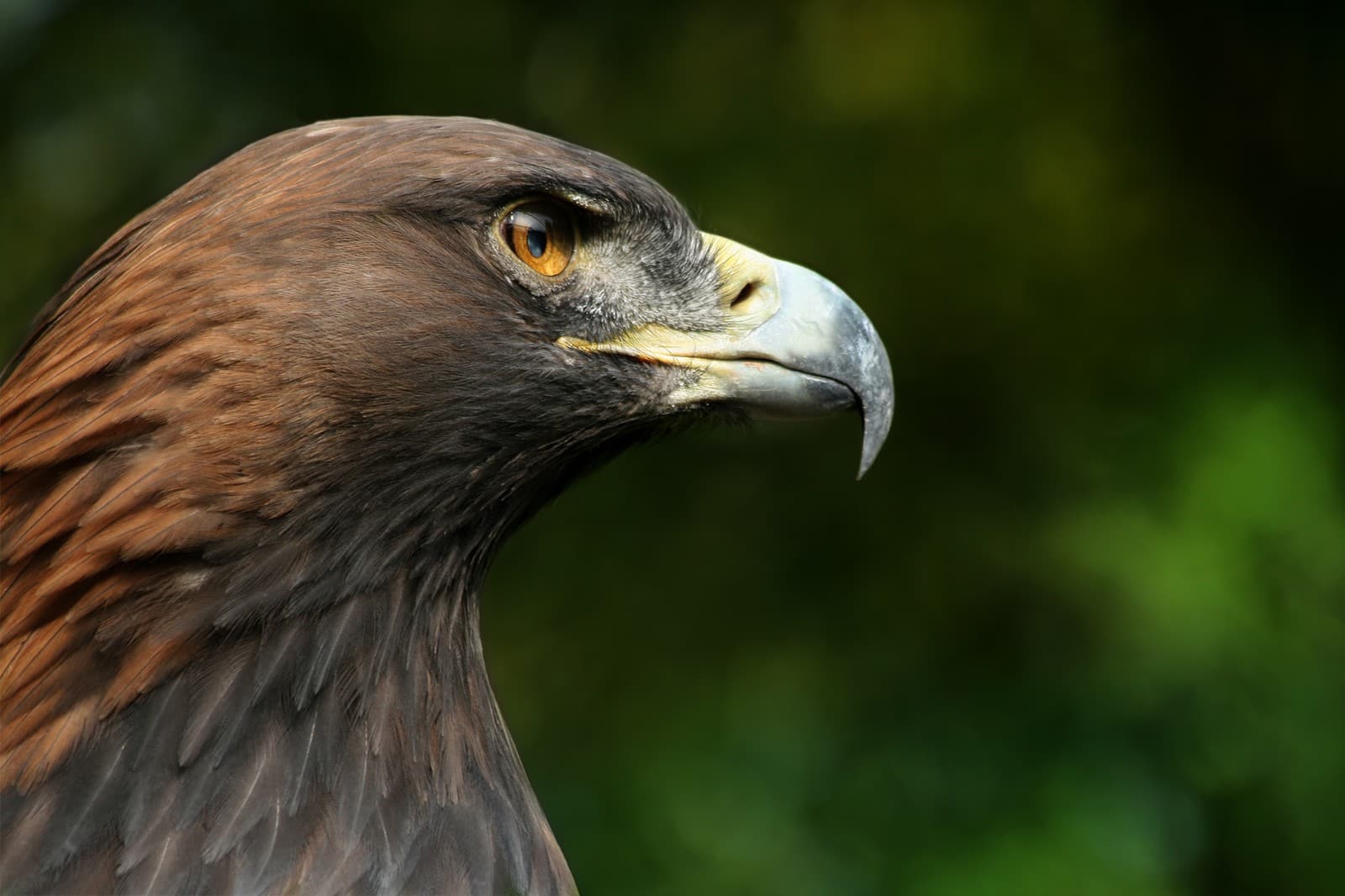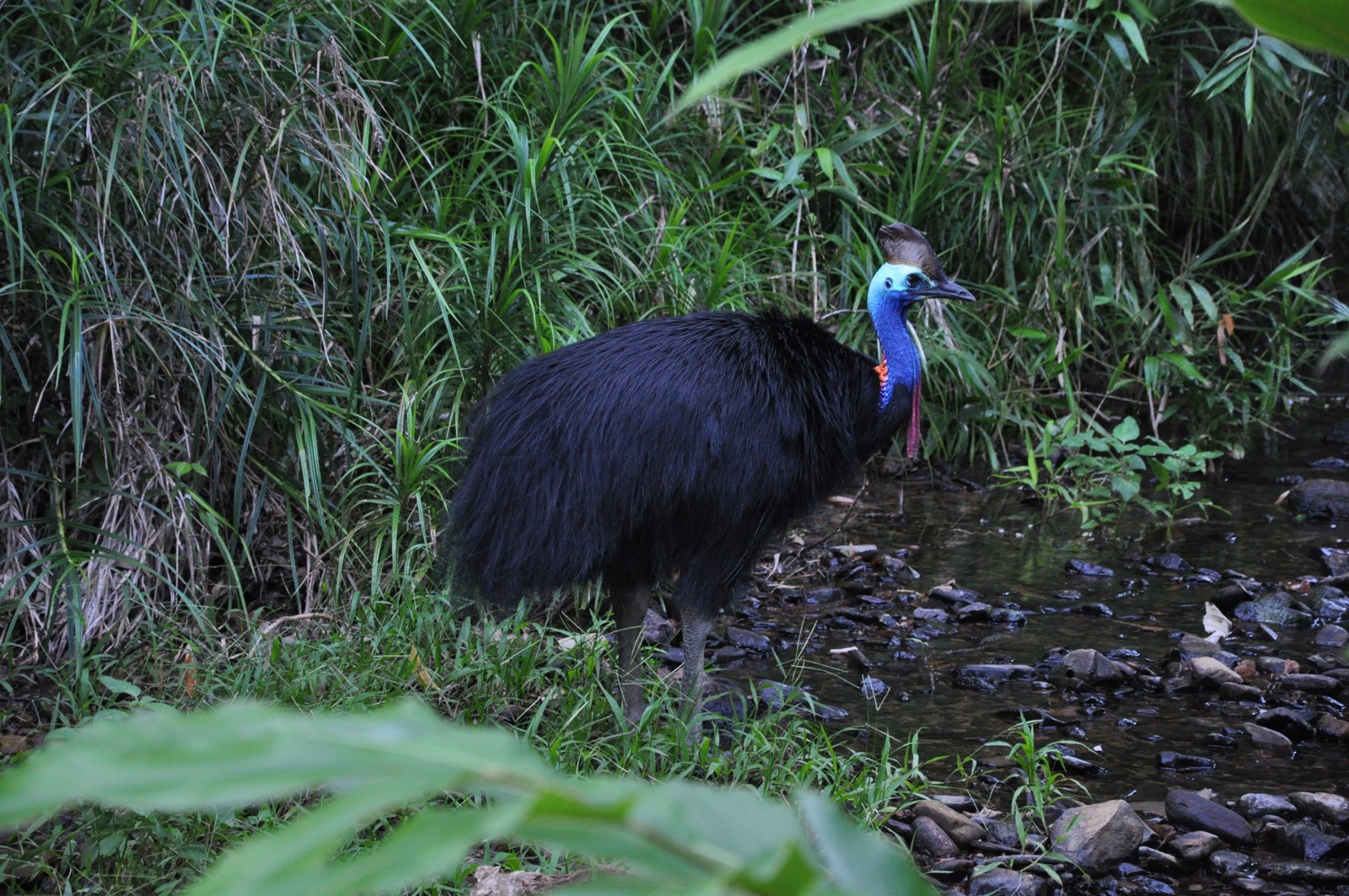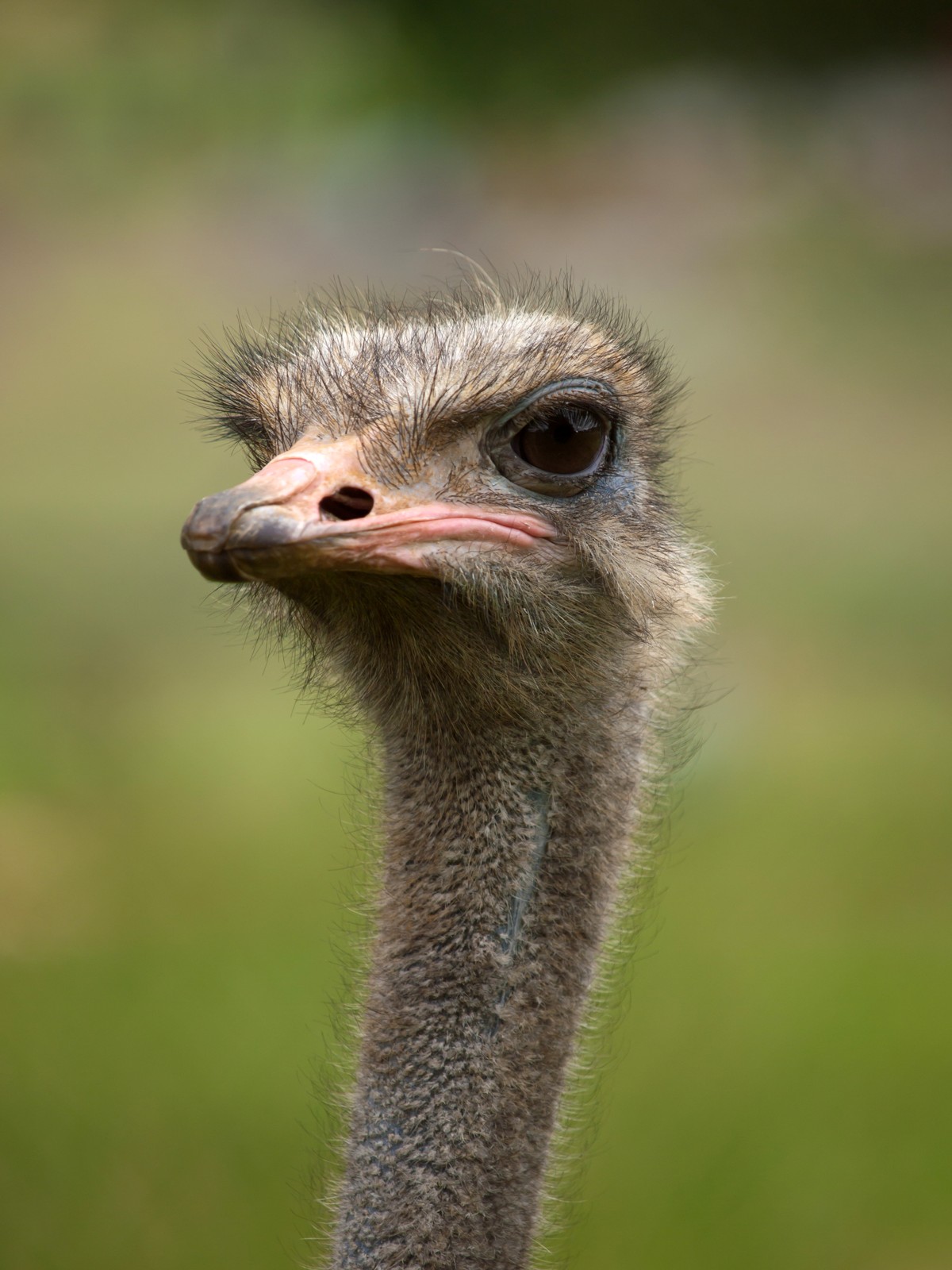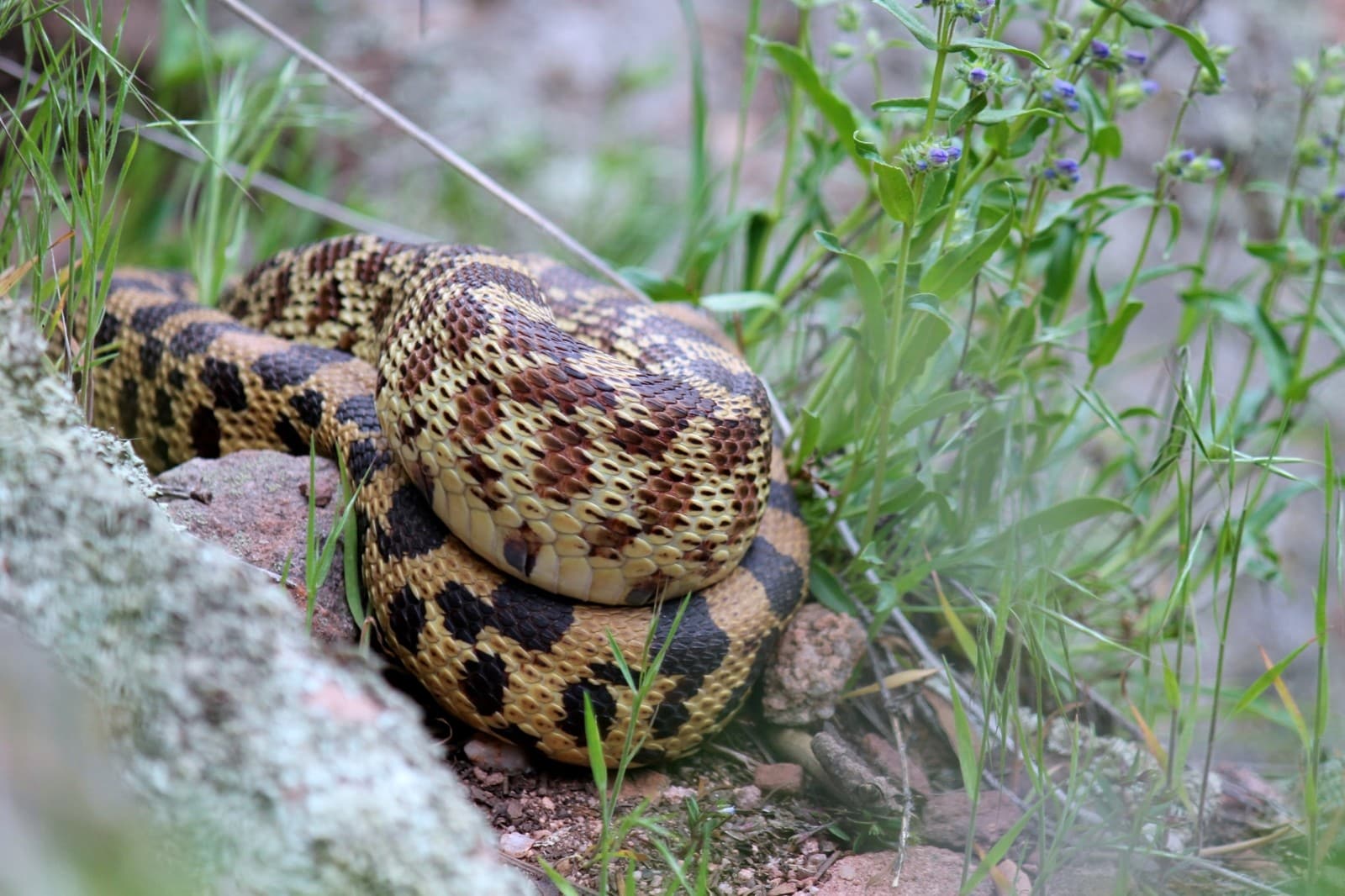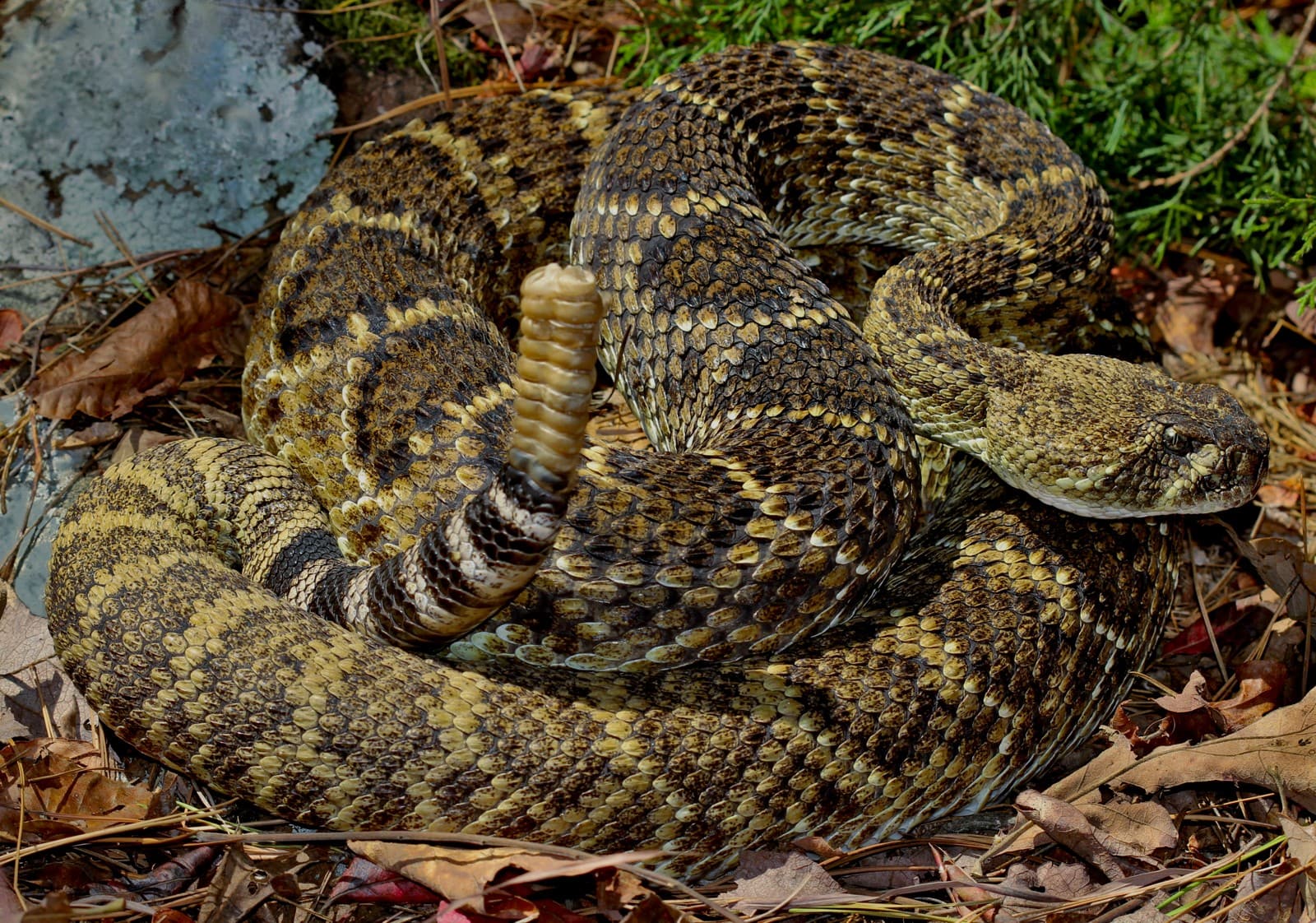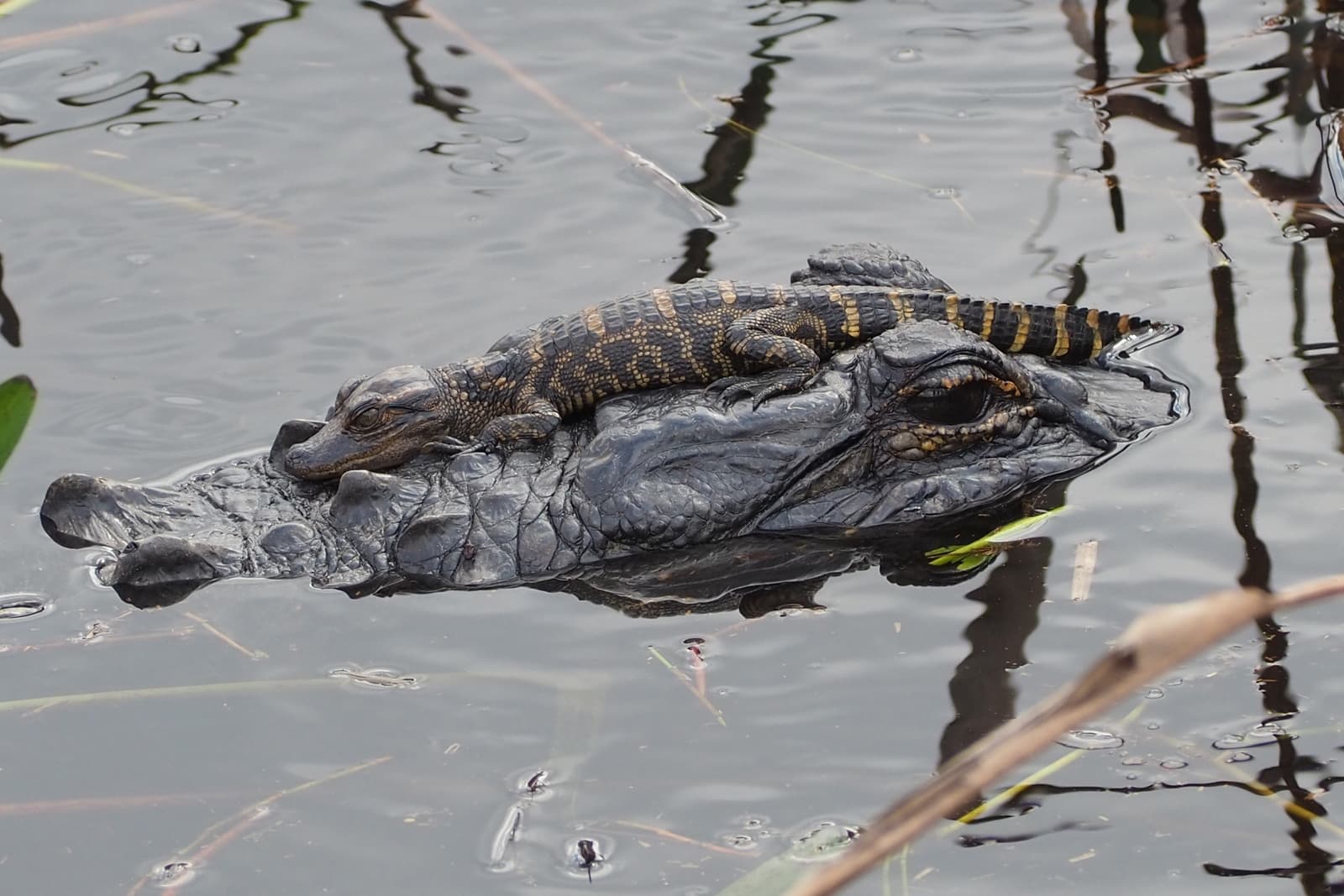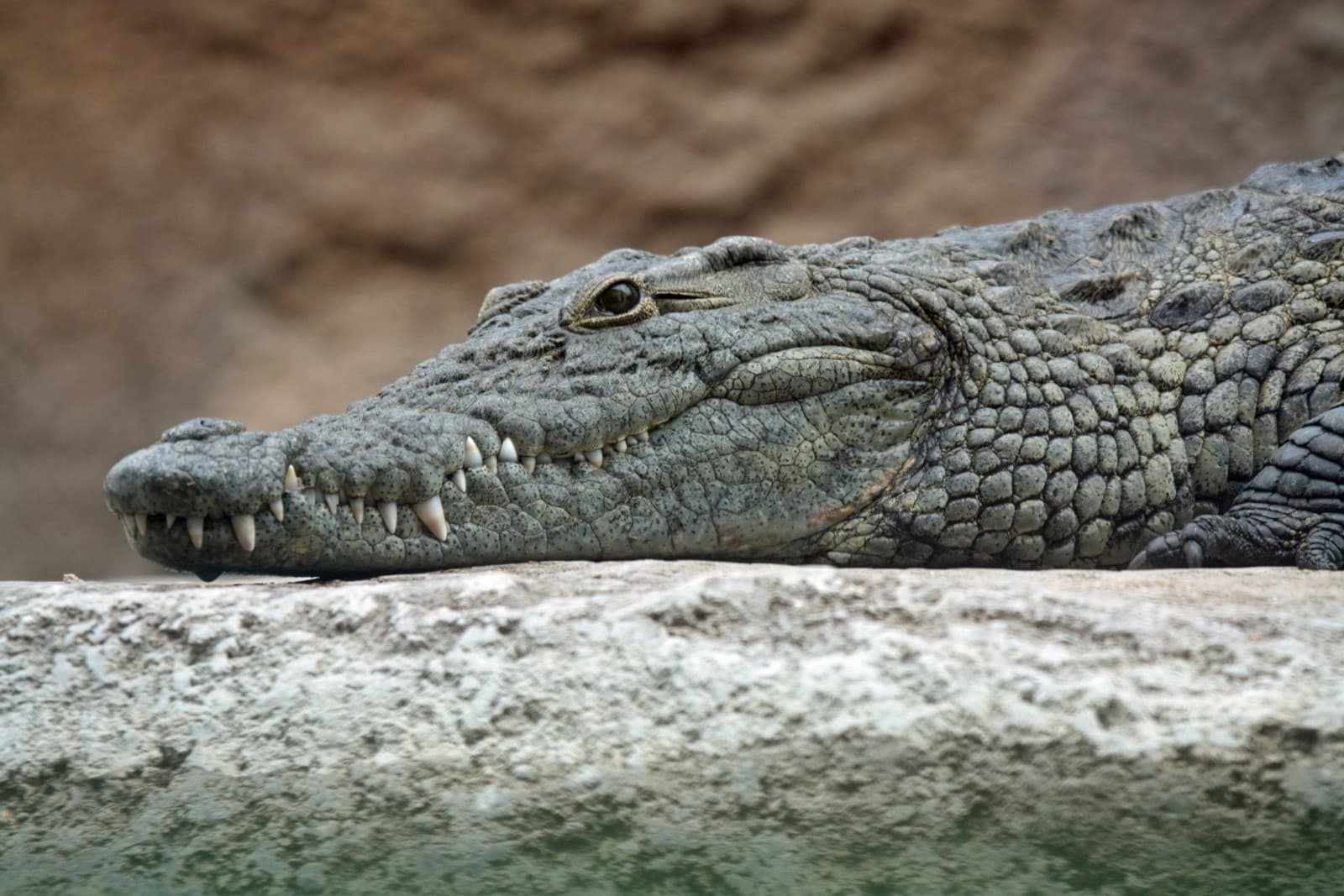Harlequin Duck vs Mandarin Duck: A Complete Comparison
When comparing the Harlequin Duck vs Mandarin Duck, we find two of nature’s most distinctively marked waterfowl species, each adapted to remarkably different habitats. The Harlequin Duck (Histrionicus histrionicus) is a small sea duck measuring 15-17 inches (38-43 cm) that thrives in turbulent mountain streams, while the Mandarin Duck (Aix galericulata) spans 16-19 inches (41-48 cm) and prefers calm woodland ponds.
These spectacular ducks showcase nature’s diversity in both appearance and behavior. While both species exhibit striking sexual dimorphism, their survival strategies and habitat preferences couldn’t be more different. Let’s explore their unique characteristics and what makes each species remarkable in its own right.
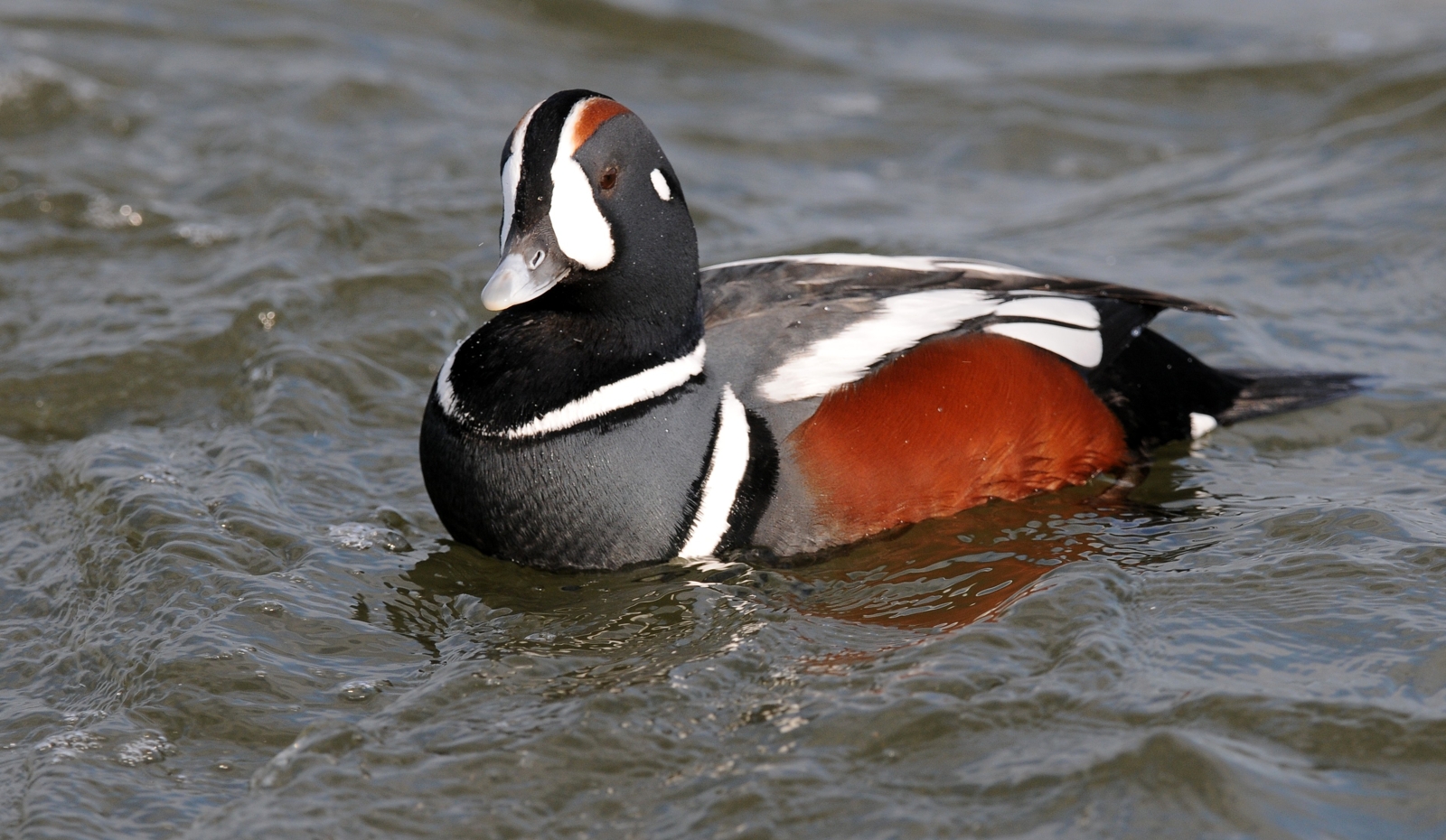
© Peter Massas / CC BY-SA 2.0
The Harlequin Duck, aptly named for its theatrical plumage, demonstrates remarkable adaptations for life in rushing waters. Its compact body and strong legs allow it to navigate turbulent mountain streams with ease, while its distinctive slate-blue and chestnut coloring creates an unmistakable presence in its habitat.
<img src=“/images/harlequin-duck-mandarin-duck_mandarin-duck.jpg” alt=“A male Mandarin Duck gliding gracefully across olive-green water, showcasing its spectacular breeding plumage. The duck displays distinctive features including a white and orange fan-shaped crest, deep purple-blue wings, and prominent orange “sail” feathers rising from its back. Its face is white with a delicate red bill, while the body shows intricate patterns of bronze, blue, and white striping. The duck’s perfect reflection mirrors in the calm water, creating a symmetrical display of its ornate coloring. This species, known for being one of the most colorful waterfowl, is captured in sharp detail as it paddles through its wetland habitat.”>
© Diliff / CC BY 3.0
The Mandarin Duck exemplifies ornate beauty with its elaborate breeding plumage. Its striking orange “sails,” purple-blue wing feathers, and distinctive crest make it one of the most visually spectacular waterfowl species in the world, perfectly suited to its tranquil woodland pond environment.
Key Differences: Harlequin Duck vs Mandarin Duck
| Feature | Harlequin Duck | Mandarin Duck |
|---|---|---|
| Size | 15-17 inches (38-43 cm) | 16-19 inches (41-48 cm) |
| Weight | 1.3-1.5 lbs (590-680 g) | 1.1-1.4 lbs (500-630 g) |
| Habitat | Fast-moving mountain streams | Wooded ponds and rivers |
| Distribution | North America, Eastern Asia | Eastern Asia, introduced in Europe |
| Diet | Aquatic insects, mollusks, crustaceans | Seeds, aquatic plants, insects |
| Nesting | Ground near rapids | Tree cavities |
Habitat and Distribution
Harlequin Ducks are specialists of fast-moving water, breeding along turbulent mountain streams and wintering along rocky coastlines. These remarkable birds can navigate through white water rapids with extraordinary skill, diving and swimming against strong currents to feed on aquatic invertebrates.
In contrast, Mandarin Ducks prefer calm, wooded waterways and forest pools. Native to East Asia, they’ve been successfully introduced to parts of Europe and maintain stable populations in these new territories. Their ability to perch in trees and nest in tree cavities sets them apart from many other duck species.
Behavior and Adaptations
Feeding Strategies
Harlequin Ducks are primarily underwater foragers, using their strong legs and compact bodies to fight against currents while searching for aquatic insects, mollusks, and small fish. Their bills are specially adapted for scraping prey from rocks in fast-moving water.
Mandarin Ducks exhibit more varied feeding behaviors, often grazing on land and dabbling in shallow water. They consume a diverse diet of seeds, aquatic plants, small fish, and insects, showing remarkable adaptability in their feeding habits.
Breeding and Nesting
The breeding strategies of these species reflect their distinct habitat preferences. Harlequin Ducks nest on the ground near rapid-filled streams, carefully concealing their nests among rocks and vegetation. Their ducklings must quickly develop swimming abilities to survive in their challenging environment.
Mandarin Ducks, as cavity nesters, select tree holes up to 30 feet (9 meters) above ground. Female Mandarins make the remarkable journey from nest to water carrying their ducklings, who jump from great heights within hours of hatching.
Conservation Status and Threats
Both species face unique conservation challenges. Harlequin Ducks are particularly vulnerable to water quality changes and human disturbance in their breeding areas. Their specialized habitat requirements make them excellent indicators of ecosystem health.
Mandarin Ducks, while more adaptable, face pressure from habitat loss in their native range. However, their popularity in aviculture has led to established populations in new regions, particularly in the United Kingdom.
Who Would Win in a Confrontation?
While direct confrontations between these species would be rare due to different habitat preferences, Harlequin Ducks generally show more aggressive territorial behavior and possess stronger swimming abilities. Their adaptation to rough waters gives them superior physical strength, though both species typically avoid aggressive interactions with other waterfowl.
This comparison of Harlequin Duck vs Mandarin Duck reveals two remarkably different approaches to survival in the waterfowl world. While the Harlequin Duck represents rugged adaptation to challenging environments, the Mandarin Duck showcases the evolution of elaborate courtship displays and woodland adaptation. Each species serves as a testament to the diverse ways nature has shaped these remarkable birds.
